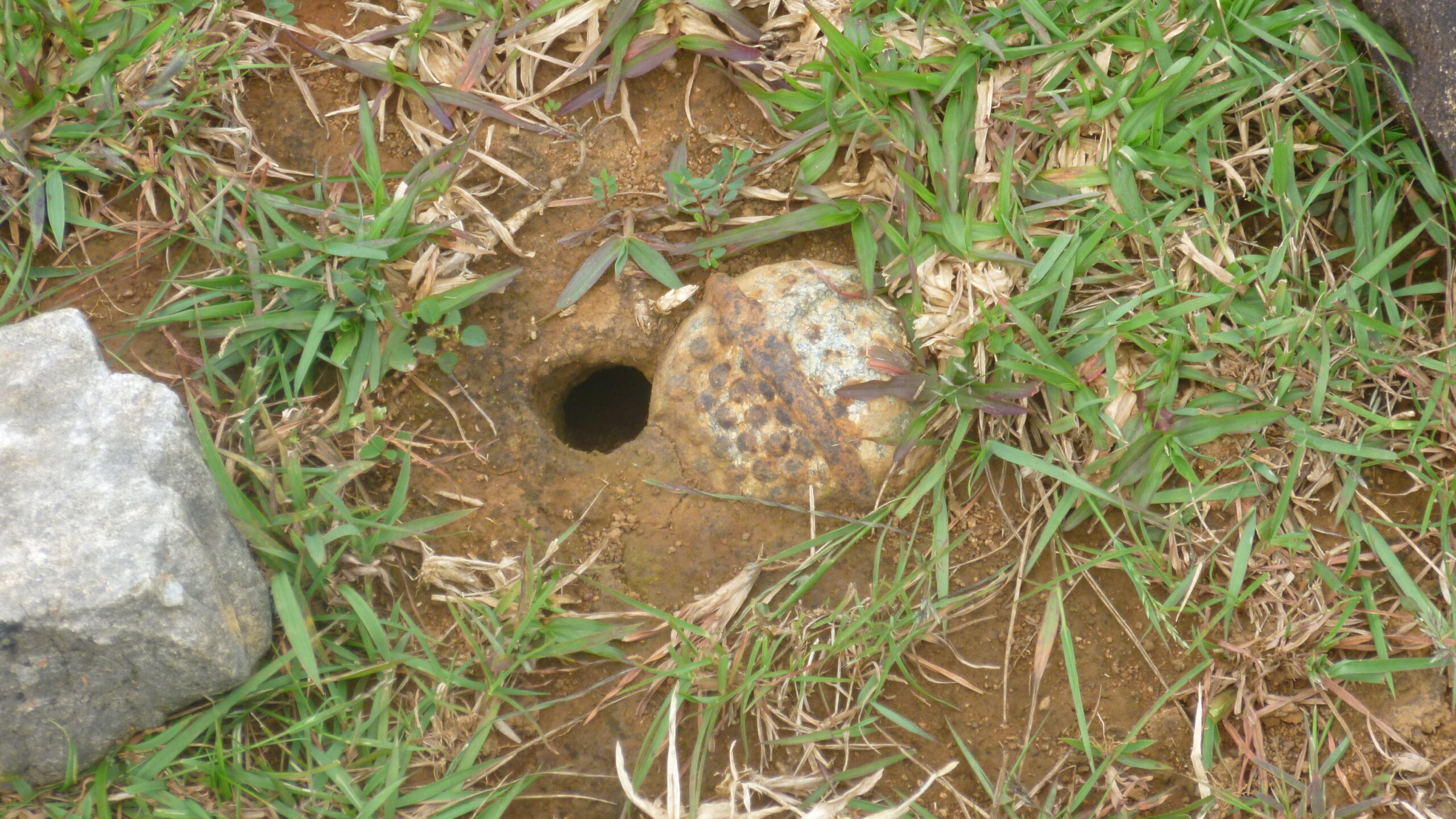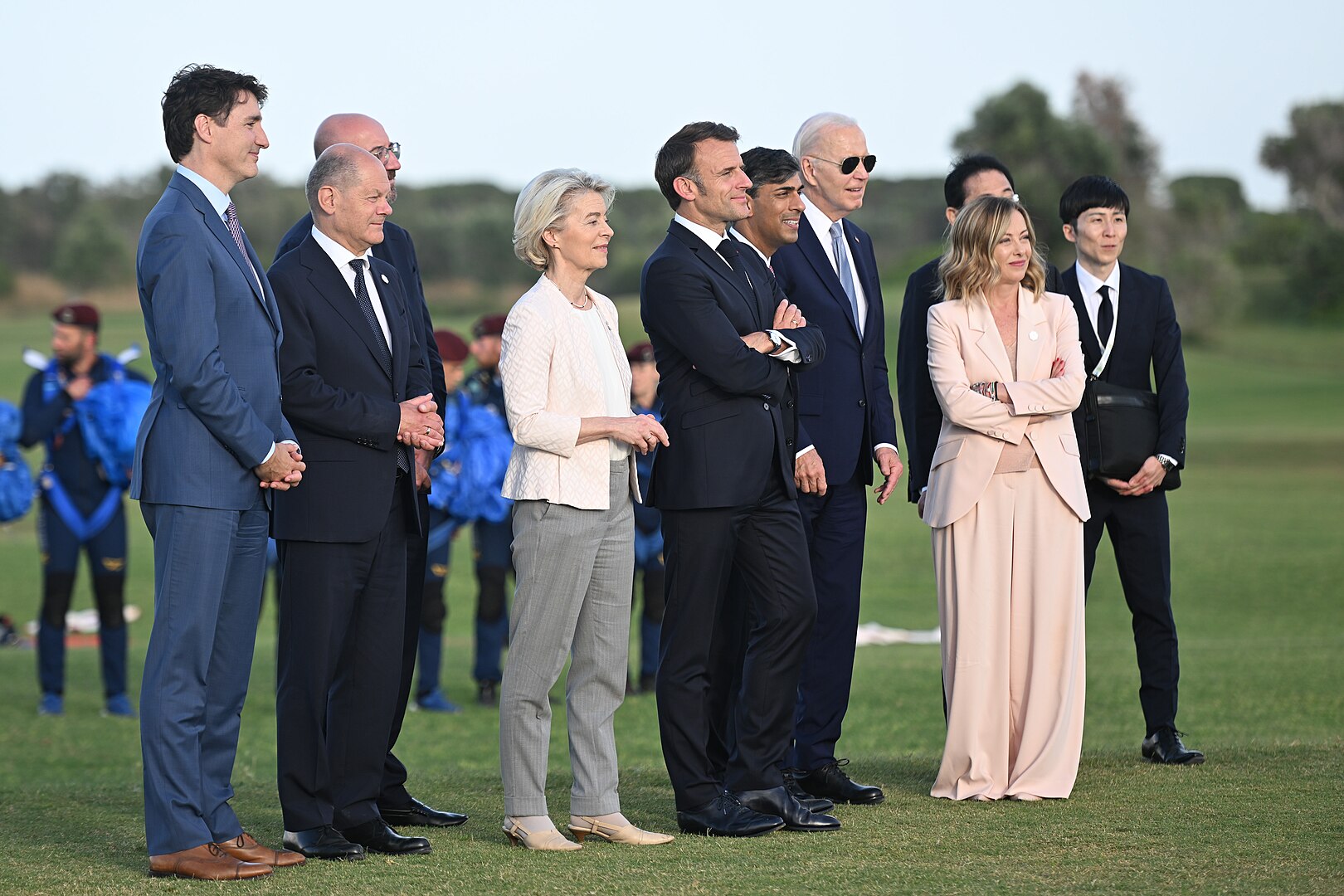When President Biden signaled his intention to bypass American law and send cluster munitions to Ukraine, Kyiv quickly provided assurances that the scatter area of each shell launched on the Russian positions would be carefully recorded to facilitate rapid clean-up and de-mining after the conflict ended.
Now, the Washington Post has reported just a few weeks after Ukrainian artillery teams began using these controversial cluster shells, that no such recording process is taking place.
“In welcoming the US decision to send the munitions, Ukraine’s Defense Ministry said Kyiv will keep a ‘strict record of the use of these weapons and the local zones where they will be used,'” the Post reports. But, they write, when asked about how the documentation process works, an artillery official they spoke to on the front lines named Stanislav suggested that it was very simple—there was none.
Summarizing the resistance to the choice to send M109 artillery shells filled designed to drop cluster munitions to Ukraine, the Post claims that Human Rights Watch called Biden’s decision “profoundly troubling”.
“Germany, France, Canada, the Netherlands, and several other NATO allies publicly opposed the move, citing the potential for civilian casualties. Forty-nine House Democrats, alongside 98 Republicans, voted in favor of a defense bill amendment that would have sought to block the transfer,” the Post wrote.
The reason for the backlash is that cluster munitions have between a 10% and 20% “dud rate” meaning many of the submunitions don’t explode on contact with the ground, but lie dormant waiting for someone to disturb them with a plow, a boot, or a curious hand. In Laos, it’s estimated that 270 million such submunitions were dropped via cluster bombs during the Vietnam War and that 20,000 people have been killed or maimed since the war’s end, most of them children who are curious to see what the tin can-shaped object is.
To make matters worse for the people of eastern Ukraine, the weapons Biden is providing are old—production was halted on them in 1990. In 2016 the US Congress passed a law restricting the transfer of cluster munitions with a dud rate of higher than 1% to other nations after such weapons were found to have killed hundreds of civilians in Yemen.
Biden circumvented this law by relying on a clause of the Foreign Assistance Act that allows the President to bypass arms control legislation if it’s in the vital national security interest of the US. It’s hard to see, legally, how Ukraine could qualify as such, since they are not a treaty ally, nor within an area of dense US military presence.
A public relations officer from the Kyiv regime contradicted the Post’s report, saying that the use of each munition is carefully documented.
Pre-war estimations of the challenges of doing business and perceptions of corruption in Ukraine and Russia found that Ukraine was more corrupt on average than her larger, famously corrupt neighbor. While this doesn’t prove the public relations officer wrong, it does show that speaking the truth in Ukraine is not a widely adhered-to cultural practice. WaL
PICTURED ABOVE: A BLU-26 unexploded cluster bomblet in Laos. PC: CC 4.0. Seabifar



